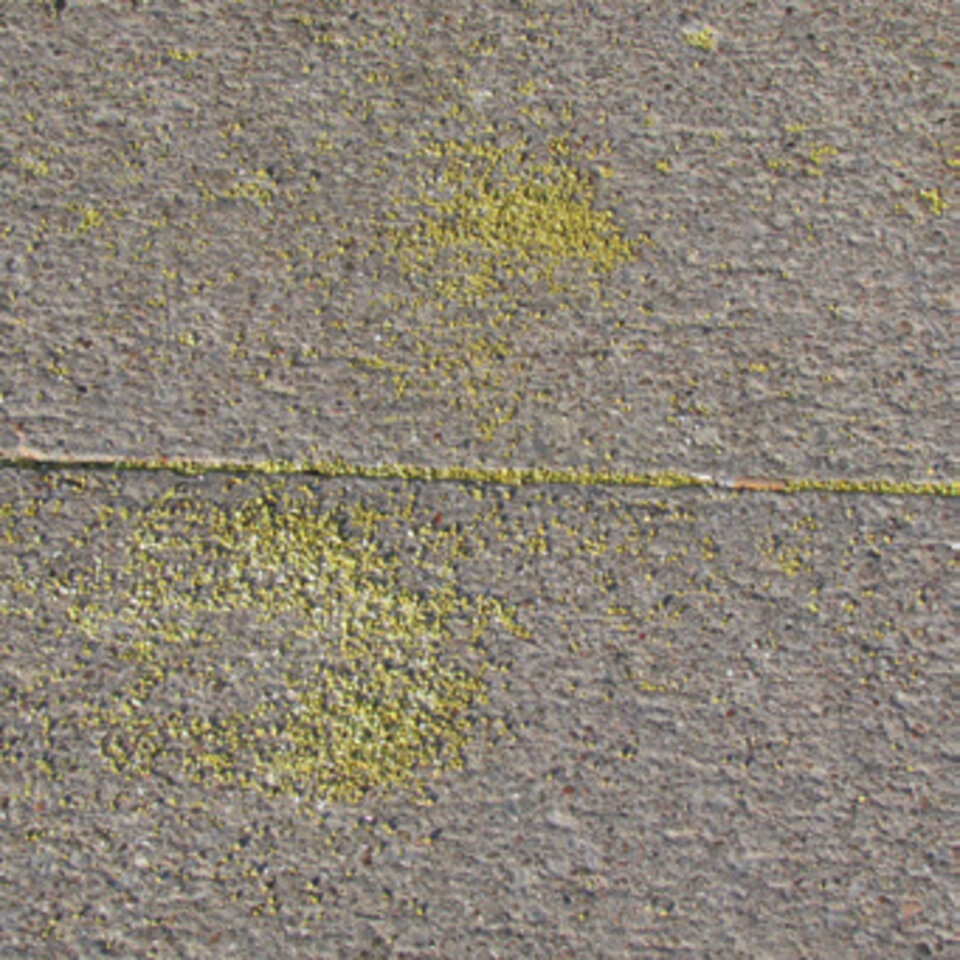Lawns, Fertilization and Surface Water

During the lawn fertilization season, use responsible practices to help keep nutrients out of streams, rivers ponds, and lakes.
For those who live in town, it is important to know that most curbs and storm sewer systems drain directly into surface water. As rainwater flows over surfaces like pavement and bare soil, it collects materials such as soil, plant and animal waste and fertilizers, which contribute nutrients to surface waters.
Nutrients such as nitrogen and phosphorous carried to lakes and ponds leads to excess algal growth. Algae color the water green or brown and uncontrolled growth can lead to surface scums, poor water quality, and odors.
As algae die, the decaying process robs oxygen from water and can lead to fish stress or kills. Also, blue-green algae, most common during summer, can produce toxins which can harm pets, children and wildlife.
Responsible lawn fertilization practices begin with sweeping fertilizer granules, as well as grass clippings, off pavement after each fertilization and mowing. Sweep or blow them from the pavement well into the lawn. Avoid sweeping or blowing them just to the very edge of the lawn or rainwater will still carry them into storm drains.
The use of phosphorus free fertilizers are recommended and available to purchase. Most landscape soils in Nebraska have adequate phosphorous levels. It is wise to avoid using a fertilizer with phosphorous unless a soil test shows the need for it.
To identify phosphorous free fertilizers, check the label on the bag. There will be three numbers like 27-0-3. Each number represents the percentage by weight of the nutrient in that product. Nitrogen is listed first, phosphorus is represented by the middle number, and potassium is last.
Responsible fertilization practices include following label directions for application rates and calibrating spreaders so fertilizer is not over- or under applied.
For established lawns, those 10 years or older, two fertilizer applications a year are adequate. The first between mid-April and early May. Spring soil temperatures will be warmer and roots more readily uptake nutrients. The second fertilization is in mid-September. Use fertilizers with 30 to 50 percent of the nitrogen being slow release. The label will provide this information to you.
For lawns less than ten years old, four applications a year are recommended. The timing of these would be mid-April to early May, late June, late August into early September and the final one before the end of October. For the final application, use predominantly fast-release sources of nitrogen.
November fertilization is no longer advised. It has been found nitrogen uptake is lower towards the end of fall compared to earlier in the season due to reduced evapotranspiration rates in plants. As a result, nitrogen from late fall fertilization can be lost through processes such as leaching and winter runoff.
For additional information on reducing pollutants in runoff from lawns and landscapes reaching surface water, go to: https://water.unl.edu/category/lawns-gardens-landscapes
This article was reviewed by Roch Gaussoin